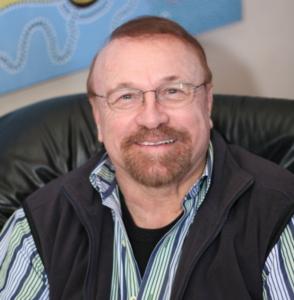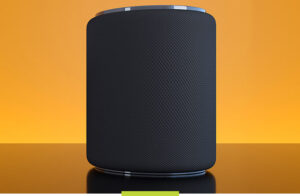
submitted by Dave Charles, President of MRI-Media RESULTS Inc.
As radio enters 2021 with COVID-19 raging around us, let me give you a few thoughts on what we should to be doing better. This comes from research and listening to what our audience is saying about radio.
- Content is king…always will be. I’m not talking just about news of the day and the current events that feed the social mills, rather I’m talking about things that are top of mind with all of us and need to be talked about on radio. Comment and commentary in my view are vital to keeping radio relevant and top of mind. Let’s find those voices for radio that can pull it all together in an informative and entertaining way.
- Realism vs. personalities. You’ll find most of these creative talents on your morning shows. We need to identify and develop more natural radio talents otherwise radio’s appeal will diminish. Real people with something to say are shows that will last longer. My current examples are Matt Galloway of CBC and John Derringer of Q107. Their content is brilliant. Their contexting is special. They are the kind of people you want to hang out with because they’re talking about things that matter to your life and lifestyle. Morning show duos work if each character is well-defined, if not, it becomes a distracting laugh track.
- Being empathetic is critical. Rising to the rescue, paying it forward hit our primal buttons of love, care and concern. Recent research continues to support that local is vital to your station’s success.
- Local wins every time. The positive comments remain around radio stations that are reflecting a local experience. Being a voice for your community. This is a critical truth for radio but now more important than ever. Nobody does “LOCAL” better than radio. Your listeners want to know about things going on in their community. Also, our research tells us the positives win over negatives every time. Focus on the positives during the COVID-19 pandemic. Things like food banks, shelter for the homeless, random acts of kindness are what radio can facilitate.
Most group PDs are too busy to give the kind of direction necessary to develop compelling radio. Multi-tasking is driving this problem for radio and it’s getting worse. Taking the time to invest in your primary talents will make a huge difference. Do achieve what you need to shed some of the admin and memo hell. If you’re a PD map out your day differently. It will pay dividends.
Focus your weekends. I consider weekends prime time as listeners have more time available to listen longer. Look to create special weekend shows like MIX shows for Saturday night. During COVID nobody is going out to party. Make your station the centre of the party. The weekend shows I hear on music-formatted stations are mostly voice tracked. No chance for local updates on any level.
Radio needs to continue its outreach on multiple platforms. Website quality and content is key to expanding your station’s value. Blogging and engaging your station’s social media outreach on Facebook, Twitter, and Instagram are essential tools that you must use. If you’re not in that conversation, you’ll quickly find yourself out of focus. Nobody is teaching today’s broadcasters how and when to use and post socials. Those doing live shows need to be posting key events within the show. Use these platforms to build your brand and engagement.
 Technology should be an enabler not an obstacle. Radio must be available on multiple platforms. Radioplayer and iHeart are aggregators. Smart speakers are making it easy for “call to action” tuning. Most newer model cars have smart speaker capacity tied into home security as well. Smart speakers are everywhere. Are you connected? Those who waited too long to join smart speaker platforms are now going to find in hard to get on this space as TuneIn isn’t allowing any new stations on these platforms at the moment due to various lawsuits.
Technology should be an enabler not an obstacle. Radio must be available on multiple platforms. Radioplayer and iHeart are aggregators. Smart speakers are making it easy for “call to action” tuning. Most newer model cars have smart speaker capacity tied into home security as well. Smart speakers are everywhere. Are you connected? Those who waited too long to join smart speaker platforms are now going to find in hard to get on this space as TuneIn isn’t allowing any new stations on these platforms at the moment due to various lawsuits.
Relationship radio is the key to its new appeal. Every show you do is about building that relationship. Like all relationships, the most successful ones are those you work at and care about the most. Content directors should focus on preparing talent to develop their shows as part of the conversation your audience is interested in. Radio is now being flanked by so many great podcasts and unique content and in turn, it’s appeal diminished by poorly-crafted content that sounds boring.
Good creative spots are still highly effective. If you think of radio spot sets as tune outs then you need to focus on creative copy and great production. For years, I’ve advocated for 20 second spots. That’s something that we need to revisit. Three minutes of commercial as :20 second spots gives you six commercial exposures. TV is doing this very successfully to maximize the brand, product and message.




